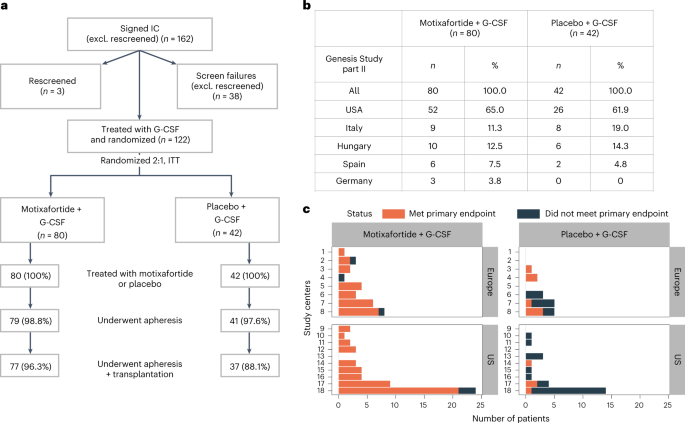2023-04-18 ペンシルベニア州立大学(PennState)
この分子選択的センサーは、高度な装置技術を使用せずに、ウイルスを数分で検出できる。
現在の検査では、医療従事者が病変を拭いてサンプルをラボに送り、数日かかる。この新技術は、将来の流行やパンデミックにも対応できる可能性があるとされている。
<関連情報>
- https://www.psu.edu/news/research/story/first-rapid-test-mpox-developed-tech-adaptable-other-emerging-diseases/
- https://onlinelibrary.wiley.com/doi/10.1002/adfm.202212569
二次元ハフニウム二硫化物ナノプレートと金ナノ球の階層的自己組織化によるサルポックスウイルスのヌクレオチド駆動型分子センシング法 Nucleotide-Driven Molecular Sensing of Monkeypox Virus Through Hierarchical Self-Assembly of 2D Hafnium Disulfide Nanoplatelets and Gold Nanospheres
Parikshit Moitra, Maria Iftesum, David Skrodzki, Priyanka Paul, Elnaz Sheikh, Jennifer Lynn Gray, Ketan Dighe, Zach Sheffield, Manas Ranjan Gartia, Dipanjan Pan
Advanced Functional Materials Published: 17 February 2023
DOI:https://doi.org/10.1002/adfm.202212569

Abstract
Liquid interfaces facilitate the organization of nanometer-scale biomaterials with plasmonic properties suitable for molecular diagnostics. Using hierarchical assemblage of 2D hafnium disulfide nanoplatelets and zero-dimensional spherical gold nanoparticles, the design of a multifunctional material is reported. When the target analyte is present, the nanocomposites’ self-assembling pattern changes, altering their plasmonic response. Using monkeypox virus (MPXV) as an example, the findings reveal that adding genomic DNA to the nanocomposite surface increases the agglomeration between gold nanoparticles and decreases the π-stacking distance between hafnium disulfide nanoplatelets. Further, this self-assembled nanomaterial is found to have minimal cross-reactivity toward other pathogens and a limit of detection of 7.6 pg µL-1 (i.e., 3.57 × 104 copies µL-1) toward MPXV. Overall, this study helped to gain a better understanding of the genomic organization of MPXV to chemically design and develop targeted nucleotides. The study has been validated by UV–vis spectroscopy, X-ray diffraction, scanning transmission electron microscopy, surface-enhanced Raman microscopy and electromagnetic simulation studies. To the best knowledge, this is the first study in literature reporting selective molecular detection of MPXV within a few minutes and without the use of any high-end instrumental techniques like polymerase chain reactions.


